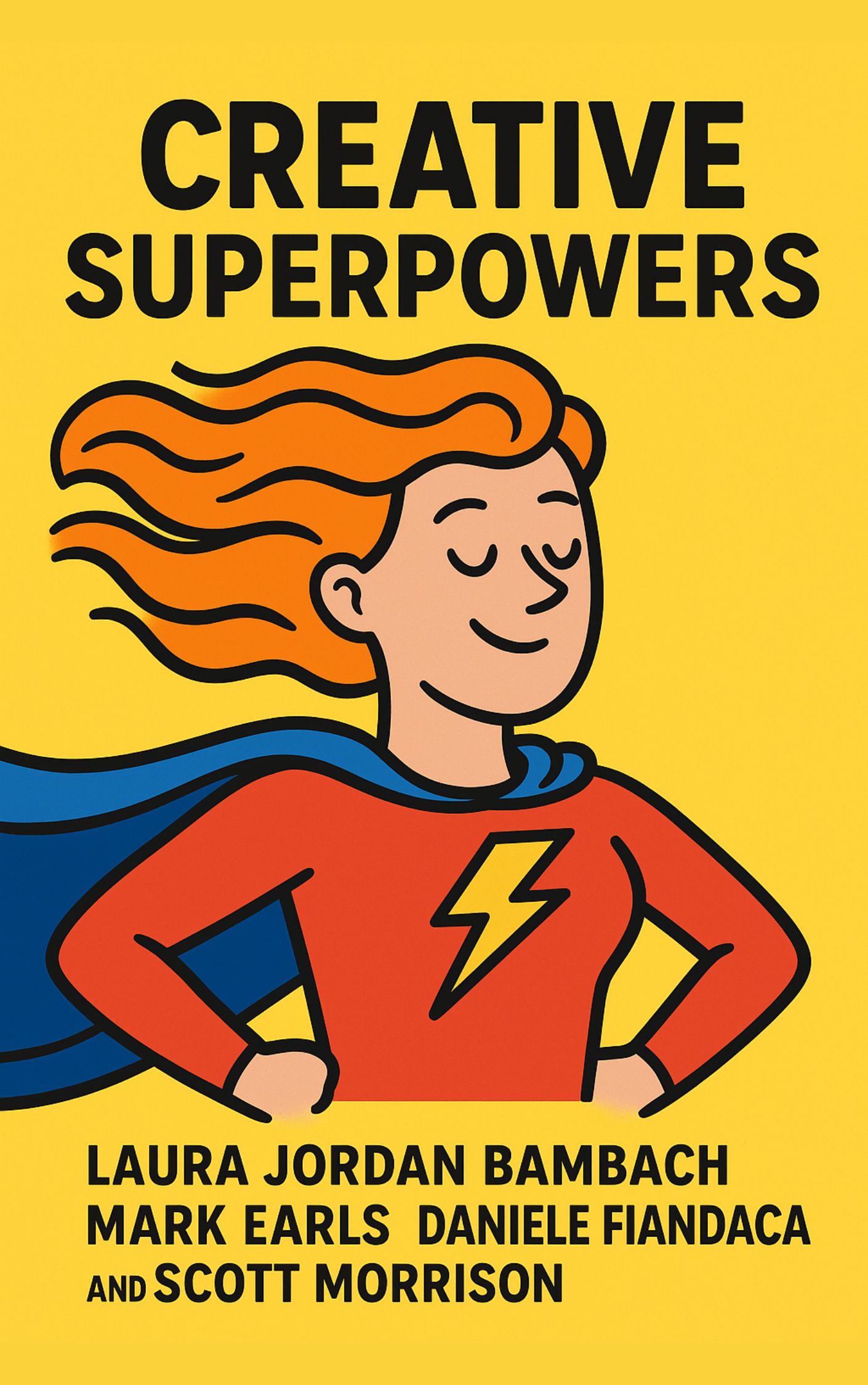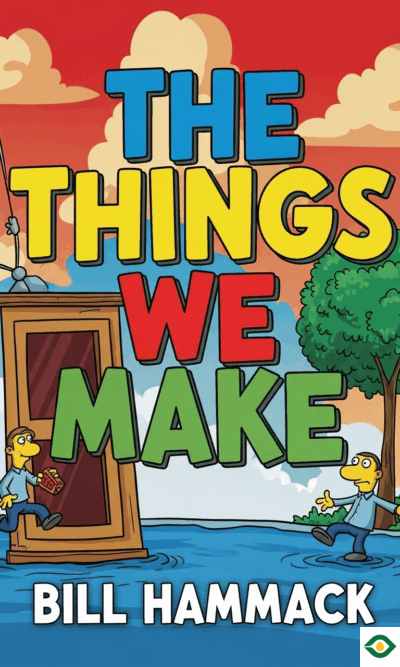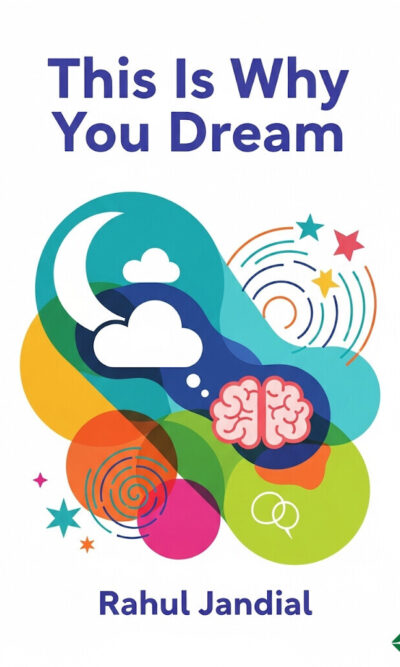Description
Creativity is one of the most valuable skills in today’s world. Technology is advancing quickly, industries are changing fast, and the demand for fresh ideas is everywhere. Machines may be powerful, but creativity still belongs to humans. It is our ability to see connections, build on what exists, and create new value that keeps us ahead.
But here is the truth: creativity is not about being completely original. It is not about pulling something magical out of thin air. Instead, it is about adding value, making connections, and seeing things from a new angle. Many of the world’s greatest inventions came not from brand-new discoveries but from combining old ideas in surprising ways.
Creativity grows when we open our minds and allow randomness, chance, and even accidents to guide us. The good news is that anyone can learn to do this. You don’t need to be a genius or an artist. You just need curiosity, openness, and a willingness to explore.
One of the biggest myths about creativity is that stuffing your mind with knowledge will make you more creative. In reality, too much information can trap you in old ways of thinking. Some of the most powerful innovations have come from outsiders who weren’t weighed down by tradition. For example, the taxi industry did not invent ride-sharing. It was new thinkers, free from old rules, who saw a different way forward.
Another key to creativity is collaboration. Two minds working together can see more possibilities than one alone. Just like children building in a sandbox, when one begins a tunnel, another continues it, and together they create something new. Working with others, bouncing ideas back and forth, and learning from different viewpoints often leads to breakthroughs that would never happen alone.
Still, creativity is not only about adding—it is also about letting go. Sometimes we cling too tightly to our first ideas, but true creativity often requires dropping the ones that don’t work. Imagine a cupboard stuffed with old things. To make space for something new, you must clear out the old. Creative teams who dare to simplify and cut away excess often end up with stronger results than those who overcomplicate.
Equally important is rest and relaxation. Our brains are active even while we sleep, weaving dreams and connecting memories. That quiet, hidden work can lead to sparks of inspiration. This is why so many great ideas arrive in the bathtub, during a walk, or while doing something playful. Inspiration often comes when we are not forcing it.
At the heart of creativity are values like honesty, love, and respect. True creative work doesn’t come from chasing money alone. It comes from caring about the work and about the people who will experience it. Love makes the work authentic, respect makes it meaningful, and honesty keeps it real. Audiences can feel the difference between something created with care and something made only for profit.
Another truth about creativity is that it thrives on randomness and mess. Some of the best ideas come when we stop trying so hard. Daydreaming, strolling aimlessly, or even sitting bored can open doors in the mind. When we turn off the logical part of our brain, we allow unexpected connections to appear. This is why boredom can sometimes be the perfect setup for inspiration.
Messy desks, crowded rooms with posters, or objects scattered around can also spark ideas. Visual variety creates small, unconscious triggers that lead to new thoughts. Many creative leaders worked in messy environments because those spaces fed their imagination.
Walking is another simple but powerful tool. Philosophers, writers, and thinkers have long used walking as a way to spark ideas. Moving your body frees your mind, and the world around you becomes a canvas of inspiration. Sounds, sights, smells, and conversations on the street can all spark new connections. Even sharing what you notice with others can help shape your ideas further.
In our fast-changing world, knowledge itself is no longer the main advantage. Information is everywhere, just one click away. What truly matters now is the ability to learn new skills quickly. Creativity depends on adaptability, on picking up new abilities, and on combining them in useful ways. Young people often excel here, but the truth is anyone can practice learning fast and staying curious.
Finally, creativity doesn’t mean complete originality. The idea that everything must be 100 percent new is unrealistic. Real creativity often comes from combining existing things in unique ways. The cheeseburger, for example, was simply the mix of cheese and a hamburger, yet it became a classic. Velcro came from a walk in the forest, when a man noticed how burrs stuck to his clothes. Innovation is not about inventing from nothing—it is about noticing patterns and adding your own twist.
The most important lesson is this: don’t pressure yourself to force originality. Instead, create the right conditions for ideas to flow. Be curious, let go of old habits, embrace randomness, rest, walk, talk with others, and allow yourself to be surprised. Creativity is not reserved for a chosen few. It belongs to everyone willing to explore, notice, and connect.
In the end, creativity is about value, not perfection. It is about finding joy in discovery and sharing that joy with others. Whether through art, business, design, or everyday problem-solving, creativity gives life meaning and makes the world more colorful. Anyone can unlock their creative superpowers—it only takes openness, practice, and trust in the unexpected moments when inspiration arrives.





